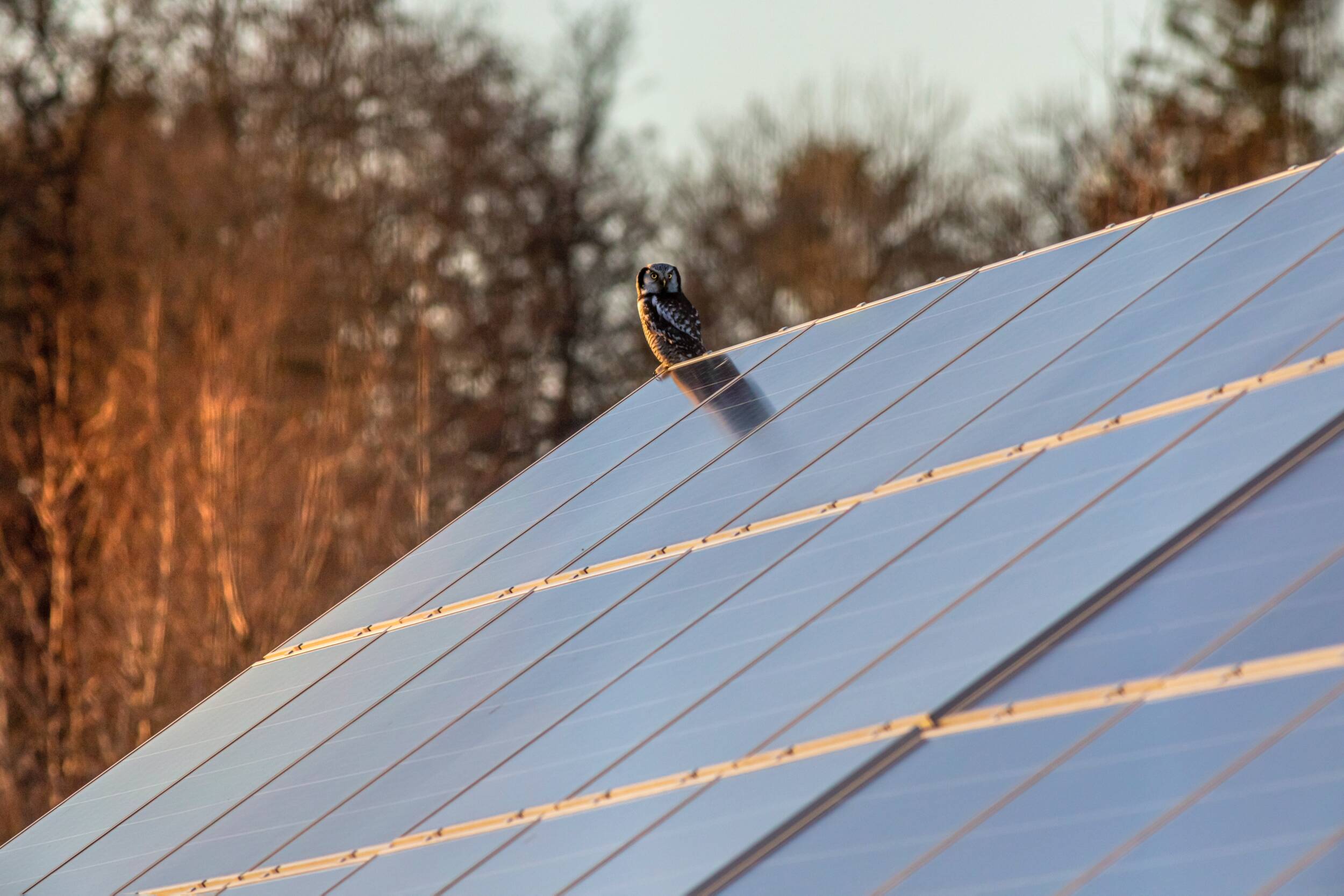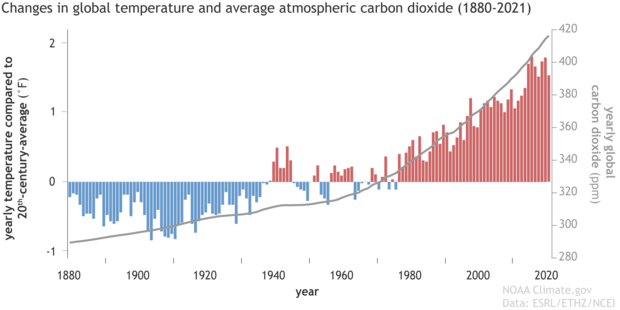
By Colin Teague – 4/28/23
How to speak to your community about renewable energy
Another Earth Month is coming to a close, but as we all know, April isn’t the only month where our efforts to save the planet matter. One critical step to a sustainable future is transitioning to renewable energy. Many don’t know the impact of renewable energy on fighting climate change, and one of the most powerful things you can do is share the importance of transitioning to renewable energy with your friends, neighbors, colleagues, and community members. Now, talking about renewable energy can be complicated and, at times, controversial. Here are some tips that will help you talk about renewable energy to skeptics and climate advocates alike:
Explaining why the transition to renewable energy is important
Every year, it becomes increasingly difficult to deny the scientific evidence behind climate change and that it is driven by carbon emissions from human activity and nonrenewable energy consumption. For more proof beyond the increased frequency of extreme weather events like hurricanes and forest fires, or the rising normalcy of unseasonably high temperatures, take a look at this graph from Climate.gov. This graph shows the correlation between increasing levels of atmospheric carbon dioxide and increasing annual average temperatures:

Source: NOAA/Climate.gov
According to the Environmental Protection Agency, the Unites States emitted a total of 6,340 metric tons of Carbon Dioxide into the atmosphere in 2021. This emissions total represents a 6% increase from the country’s CO2 emissions total from 2020 (epa.gov) – despite the overwhelming data linking fossil fuel use to global climate change, our consumption is still rising! Of the 6,340 tons of CO2 the U.S. emitted in 2021, 25 percent was from electricity generation and 13 percent came from home and commercial heating (epa.gov). If all homes and businesses converted to renewable forms of electricity and heating, we could reduce CO2 emissions by as much as 38%, a significant step toward mitigating climate change.
The combination of this data highlights the most important reason that our society must collectively transition to renewable energy: the more carbon emissions humans put into Earth’s atmosphere, the more damage we inflict on our planet. When you speak with members of your community, let them know that transitioning their homes and businesses to renewable energy is one of the most effective ways to reduce their carbon footprint and shift Pennsylvania towards a clean energy future.
Climate change is far from the only reason our society should get 100% of its energy from renewable sources. In fact, if you remove climate change from the conversation, there is a compelling argument that the economic benefits of renewable energy alone make a transition worthwhile. At a macro- level, increased renewable energy generation in the United States would allow our country to be less dependent on fossil fuel imports. According to the U.S. Energy Information Administration, “the United States imported about 8.32 million barrels per day of petroleum from 80 countries”. The average cost of a barrel of petroleum in 2022 was $85.00 (eia.gov) — that amounts to $707.2 million per day, a total of nearly $260 billion spent on petroleum imports in 2022 (similar to the Washington Post’s figure of $300 million in this 2015 article). While transitioning U.S. energy consumption to 100% renewable energy is undoubtedly a daunting task, it would divert hundreds of billions of dollars to domestic energy generation, reduce global market risk exposure, and create thousands of American jobs. The long-term benefits to the U.S. economy are colossal.
While sceptics will argue that renewable energy is more costly to consumers, the reality is different: the economic benefits of renewable energy extend to the household level. According to the U.S. Energy Information Administration’s 2022 Levelized Cost of Energy report, average wholesale wind and solar prices are lower than that of fossil fuel sources, and are expected to remain that way until at least 2040 (eia.gov). In states with a choice energy market, households either already can, or will soon be able to choose a renewable energy supplier for less than the cost of fossil fuel-generated energy (forbes.com). Even home solar panel installation, another method of supplying your home or business with renewable energy, has significant economic benefits. Installing solar panels will significantly reduce your utility bill, while increasing the value of your home by roughly $15,000 (energy.gov). Whatever source of renewable energy is most suitable for your home or business, transitioning to any form of renewable energy can earn you a tax credit under the 2022 Inflation Reduction Act (IRA). Visit irs.gov for more information about IRA tax incentives.
Explaining how to transition to renewable energy
So how do you help your community members make the switch? There are several ways households and businesses can switch to renewable energy, and the assortment of options can be confusing. Let’s break this down.
Retail energy choice
In states like Pennsylvania that offer retail choice in their energy markets, homes and businesses can choose their electricity and natural gas suppliers, and energy suppliers can choose to supply renewable energy. When choosing your energy supplier, be sure to do your research. Pennsylvania electric utilities are only required to provide electricity that is less than 8% from renewable generation sources. And gas utilities in the state have no renewable natural gas percentage mandate. Gas utilities in Philadelphia and the Greater Philadelphia Area do not provide any percentage of renewable natural gas. Talk to your networks and communities about their ability to choose their electricity and natural gas suppliers, and help them choose a supplier that offers 100% renewable energy products. Check out our article on how to shop for renewable electricity in Pennsylvania.
Rooftop solar installation:
Solar installation offers a direct way to supply your home or business with renewable energy. Rooftop solar installations consist of installing photovoltaic (PV) panels onto rooftops which absorb photons from the sun and create an electric field allowing electricity to flow (Department of Energy). While installation costs can be high, solar panels result in increased home value, lower utility bills, and may qualify you to receive a tax credit in many states, including Pennsylvania. Check out the Department of Energy’s Homeowner’s Guide to Going Solar for more information on how you can install solar for your home or business.
Heat pump installation
A heat pump is an electricity-powered device that heats your home or business. According to the International Energy Agency, heat pumps extract heat from the surrounding environment, then transfer it to your home or business. Whether heat pumps are powered by 100% renewable energy depends on where your electricity is sourced from. In any case, they are more energy-efficient than heating with conventional natural gas and heating oil because they transfer heat from the surrounding air or ground, rather than generating it (iea.org). Installing a heat pump also comes with a significant economic benefit: Under the Inflation Reduction Act, installing a heat pump can earn you up to $2,000 in tax credits, according to National Grid.
Speak to your community about renewable energy
Each of us has the power to help our communities understand the importance of transitioning to renewable energy, and while it’s not only up to energy consumers to make a change – government agencies and corporations need to do their part as well – we can certainly do our part. Talk to your friends and family today about making the switch to renewable energy. Help them understand why it’s important and share options to make the switch. For more information about transitioning to renewable energy, here are a few helpful resources:
- https://www.energy.gov/: The U.S. Department of Energy
- https://www.eia.gov/: The U.S. Energy Information Administration
- PA Power Switch: Compare Pennsylvania electricity suppliers and find suppliers of 100% renewable electricity
- PA Gas Switch: Compare Pennsylvania gas suppliers and find suppliers of 100% renewable natural gas
- The Energy Co-op: Pennsylvania’s only nonprofit, member-owned, cooperative supplier of 100% renewable energy